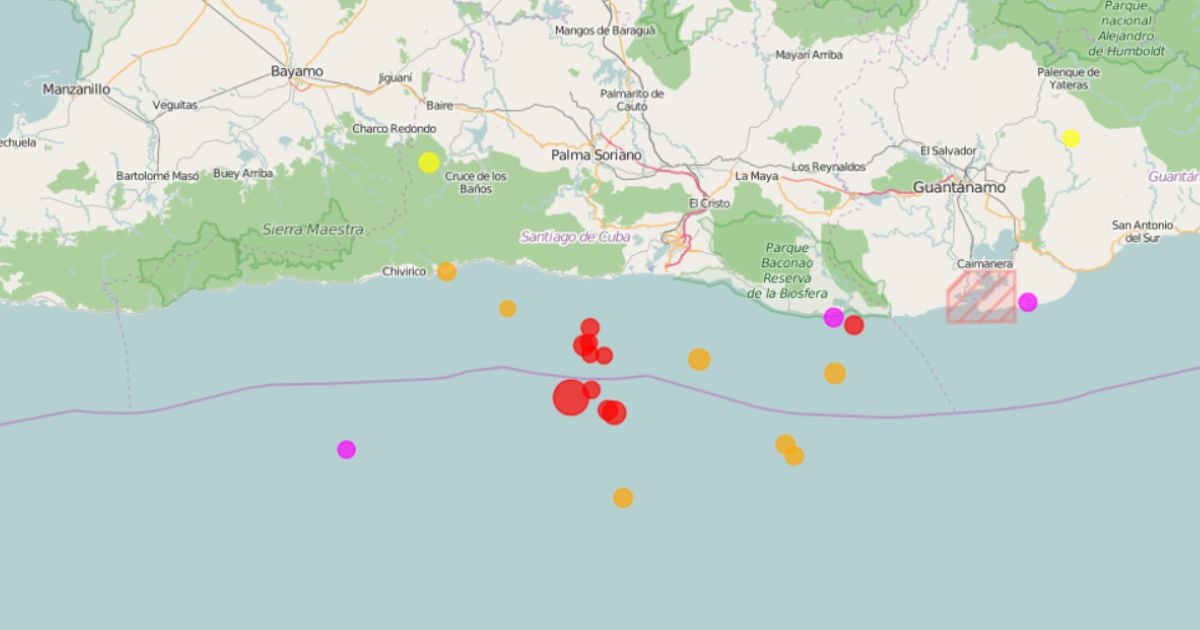Following a 5.1 magnitude earthquake on the Richter scale that struck approximately 20 kilometers south-southwest of Santiago de Cuba on Thursday, seismologists are diligently observing the subsequent aftershocks linked to this seismic event. These aftershocks are following a south-north trajectory, a pattern that has piqued the interest of experts due to its resemblance to the seismic swarm that occurred after the January 17, 2016, earthquake, as stated by Enrique Diego Arango Arias, head of Cuba's National Seismological Service at the National Center for Seismological Research (CENAIS), on Facebook.
The expert highlighted the south-north orientation of the aftershocks, drawing parallels to the post-earthquake activities back in 2016, which kept eastern Cuba, particularly Santiago de Cuba, on edge. Despite the current observations, Arango emphasized the unpredictability of how this seismic activity might progress. He assured that the team at the Central Station of the National Seismological Service will persist in their vigilant monitoring of the region.
Adding to the information, Arango shared a map depicting the recorded epicenters, which is accessible for public viewing on the CENAIS website. The earthquake, which occurred at 10:49 a.m. on Thursday, marks the 12th noticeable seismic event in Cuba for 2024. The most recent prior seismic occurrence was on September 7, with a magnitude of 3.8 on the Richter scale.
In 2023, Cuba experienced a total of 14 perceptible earthquakes, most of which were concentrated along the Oriente fault, the country's main seismic zone and a tectonic plate boundary located in the southern part of the eastern region.
